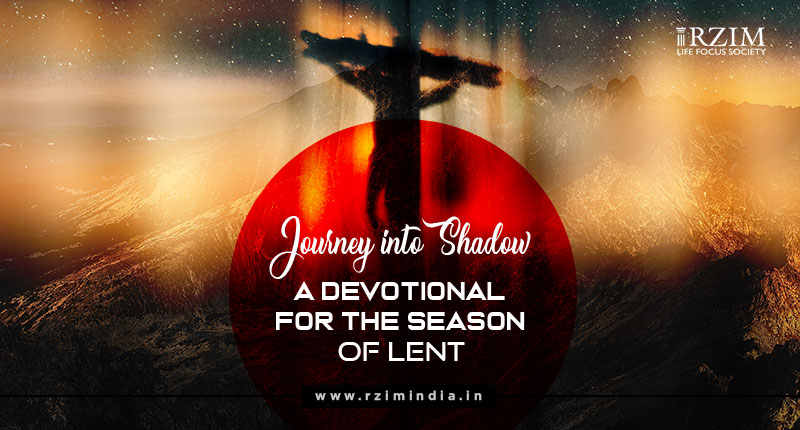Journey into Shadow
In J.R.R. Tolkien’s The Lord of the Rings, Frodo, the young hobbit, has been given the burden of bearing the one ring of power. It is a ring that has the potential to put all of Middle Earth under terror and shadow, and the darkness is already spreading. With a fellowship of friends, Frodo determines he must start the long, dark journey to destroy the ring by throwing it into the volcano from which it was forged. It is a journey that will take him on fearful paths through enemy territory and overwhelming temptation to the ends of himself. Seeing the road ahead of him, he laments to Gandalf the Wise that the burden of the ring should have come to him in the first place.
“I wish it need not have happened in my time,” said Frodo.
“So do I,” said Gandalf “and so do all who live to see such times. But that is not for them to decide. All we have to decide is what to do with the time that is given us.”(1)
A fan of Tolkien’s epic fantasy once wrote the author to say that he preferred to read The Lord of the Rings particularly during the season of Lent. Though I don’t know all this reader had in mind with such a statement, Tolkien’s portrayal of a journey into darkness with the weight of a great burden and a motley fellowship of companions certainly holds similarities to the journey of the church toward the cross. The forty-day period that leads to Easter is both an invitation and a quest for any who would be willing, albeit a difficult one. The deliberate and wearisome journey with Christ to the cross is a crushing burden, even with the jarring recognition that we are not the one carrying it. On the path to Holy Week, the fellowship of the church far and wide is given time to focus in detail on what it means that Jesus came into this world that he might go the fearful way of the Cross. It is time set apart for pilgrimage and preparation, forty days with which we decide what to do with the time that is given us.
In fact, Christian scriptures attach special meaning to the forty-day journey. Considered the number of days marking a devout encounter with God, we find the occurrence of forty-day journeys throughout the stories of the prophets and the people of God. For forty days Noah and his family waited on the arc as God washed away and revived the earth. Moses spent forty days on Mount Sinai, where he received the Law of God to share with the Israelites. Later, he spent forty days on the mountain prostrate before the LORD after the sin of the golden calf. Elijah was given food in the wilderness, which gave him strength for the forty-day journey to Horeb, the Mount of God. Jonah reluctantly accepted forty days in Nineveh where the people, heeding his warning, repented before God with fasting, sackcloths, and ashes. For forty days the prophet Ezekiel laid on his right side to symbolize the forty years of Judah’s transgression. And finally, for forty days Jesus was tempted in the wilderness. As Mark reports: “The Spirit immediately drove him out into the wilderness. He was in the wilderness for forty days, tempted by Satan; and he was with the wild beasts
It is with this same Spirit that many are invited to take the forty-day journey into the shadows and difficulties of Lent. In every forty-day (or forty
Similarly today, the forty days that lead to Easter Sunday are not without burden or cost. “The Cross of Lent,” as Augustine referred to it, is one to bear year round, but one we learn to bear all the more intensely along the way to the cross during Lent. Here, the church invites the journeyer to remember that we are dust, that we follow Jesus to his death, that we recollect the acts of God to be near us, and we let go of the things that keep us from holding the Son who saves us. Of course, these are burdens that none will
“If any want to become my followers, let them deny themselves and take up their cross daily and follow me. For those who want to save their life will lose it, and those who lose their life for my sake will save it.”(2)
Jill Carattini is managing editor of A Slice of Infinity at Ravi Zacharias International Ministries in Atlanta, Georgia.
(1) J.R.R. Tolkien, The Lord of the Rings (New York: Houghton Mifflin, 1994), 51.
(2) Luke 9:23-24.
https://www.rzim.org/read/a-slice-of-infinity


There are no comments